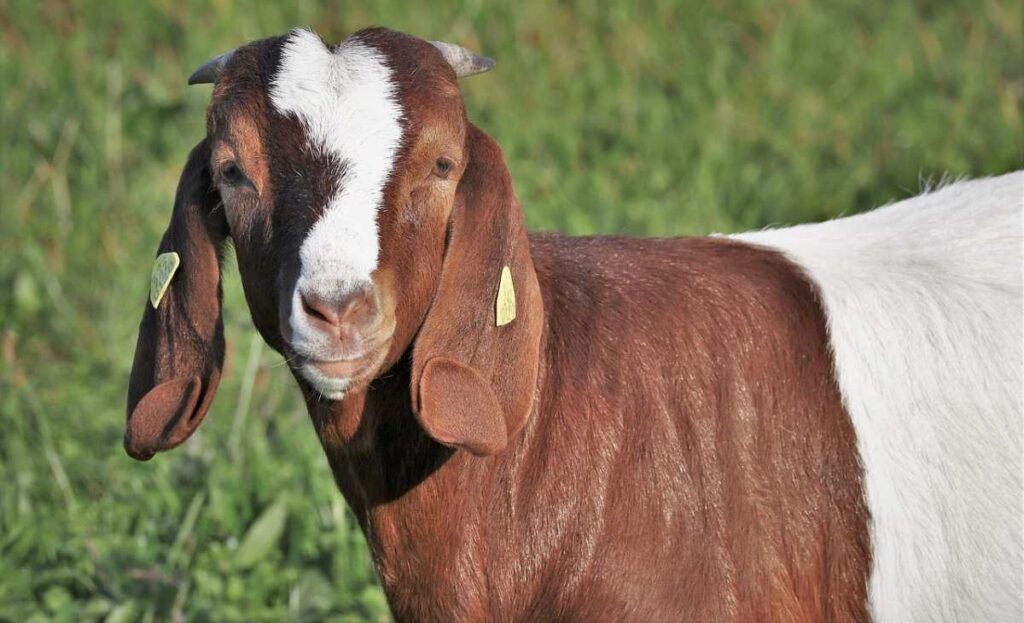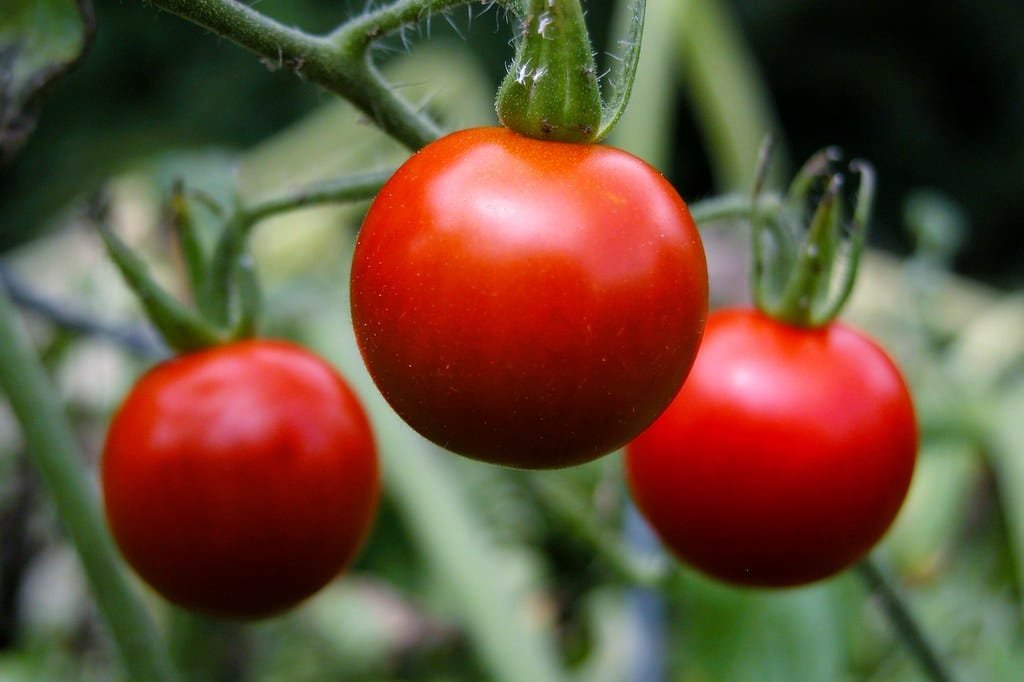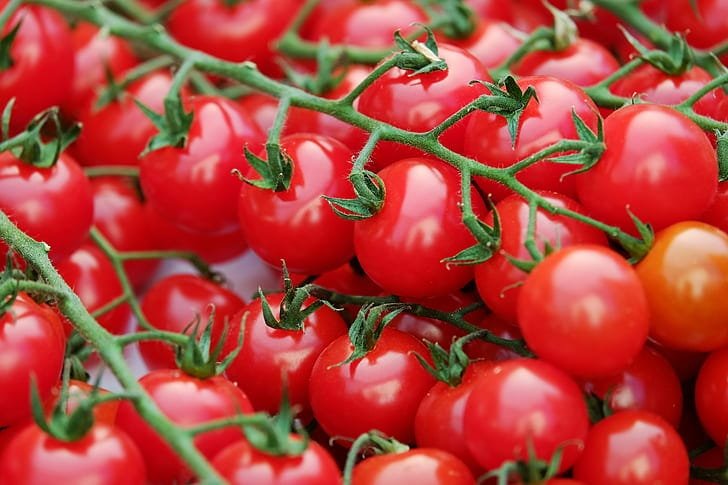If you want to run a profitable goat farming business in Nigeria, focusing on breeding techniques is one of the best ways to increase your herd quality, productivity, and overall profits. The right breeding strategies can lead to faster growth rates, higher milk yields, stronger disease resistance, and improved meat quality. So, what are the best breeding techniques and genetic improvement methods to enhance your goat farm? Let’s dive in.
Selecting the Right Breeding Stock
The first step in successful goat breeding is selecting the right breeding stock. Your foundation stock determines the quality of your herd, so choose wisely.
What to Look for in a Breeding Goat?
- Good genetics – Choose goats with a history of high milk production, fast weight gain, and strong disease resistance.
- Physical health – Avoid goats with defects, weak legs, or signs of illness.
- Productivity history – If buying a doe, check her previous kidding history and milk yield records.
- Breed suitability – Some breeds are better suited for meat, while others are better for milk production (more on this below).
Best Goat Breeds for Nigeria
- Red Sokoto (Maradi): Best for high-quality skin and meat production.
- Sahelian: High milk yield, suitable for dairy farming.
- West African Dwarf (WAD): Highly disease-resistant, good for small-scale farming.
Natural Mating vs. Artificial Insemination (AI)
There are two major methods of breeding goats: natural mating and artificial insemination (AI). Each has its benefits and drawbacks.
Natural Mating
This is the most common breeding method in Nigeria. A buck (male goat) mates with does (female goats) naturally.
Pros:
- Cost-effective; requires no special equipment.
- Higher conception rates compared to AI.
- Works well for small and medium-sized farms.
Cons:
- Risk of disease transmission.
- Uncontrolled breeding may lead to inbreeding problems.
Artificial Insemination (AI)
AI involves collecting sperm from a high-quality buck and inserting it into a doe’s reproductive tract.
Pros:
- Allows access to superior genetics without keeping multiple bucks.
- Reduces the spread of sexually transmitted diseases in goats.
- Helps control the timing of kidding (birth of young goats).
Cons:
- Requires skilled personnel and specialized equipment.
- Conception rates can be lower than natural mating.
- More expensive than natural mating.
Preventing Inbreeding to Maintain Quality
Inbreeding (mating closely related goats) reduces productivity and causes genetic defects over time. To prevent this:
- Rotate bucks every 2 to 3 years to maintain genetic diversity.
- Use pedigree records to track which goats are related.
- Introduce new bloodlines by purchasing bucks from other farms.
Estrus (Heat) Detection and Breeding Timing
Knowing when your does are in estrus (heat) helps you breed them at the right time for higher conception rates.
Signs of a Doe in Heat:
- Restlessness and increased movement.
- Tail wagging frequently.
- Swollen, reddened vulva.
- Mucous discharge from the vulva.
- Increased interest in bucks.
Best Time to Breed:
- A doe’s heat cycle lasts 12-36 hours and repeats every 18-21 days.
- The best time to breed is 12-24 hours after the first signs of heat.
Controlled Breeding for Maximum Profit
Instead of allowing uncontrolled mating, schedule breeding periods to maximize profits and manage kidding more efficiently.
Why?
- You can plan for peak market demand (festive seasons).
- It ensures all kids are born around the same time, making management easier.
- Helps balance feed availability with goat reproduction cycles.
How to do it?
- Use a breeding calendar to track when each doe was bred.
- Group does into breeding batches to control when they give birth.
Genetic Improvement Through Selective Breeding
If you want a superior herd, focus on selective breeding. This means only mating the best-performing goats to pass on desirable traits.
What Traits to Select For?
- Meat goats: Rapid weight gain, strong legs, and broad body frame.
- Dairy goats: High milk yield, good udder shape, and strong teats.
- General traits: Disease resistance, high fertility, and strong mothering ability.
Crossbreeding for Hybrid Vigor
Crossbreeding involves mating different breeds to produce goats that have the best qualities of both parents.
Benefits of Crossbreeding:
- Faster growth rates.
- Improved resistance to diseases.
- Higher milk production.
- Better adaptability to local climates.
Example of Successful Crossbreeding:
- West African Dwarf (WAD) x Red Sokoto = Hardiness of WAD + meat quality of Red Sokoto.
- Sahelian x Red Sokoto = Higher milk yield + better meat production.
Final Thoughts: Boosting Profits with Smart Breeding
If you’re serious about scaling your goat farm, the right breeding techniques will improve your herd’s quality, increase productivity, and maximize profits. Start by choosing the best breeding stock, preventing inbreeding, and using controlled breeding cycles to make your farm more efficient. Whether you’re using natural mating or artificial insemination, the key is to select superior goats and manage reproduction strategically.
By implementing these breeding techniques, you’ll have a stronger, healthier, and more profitable goat farming business in Nigeria!




